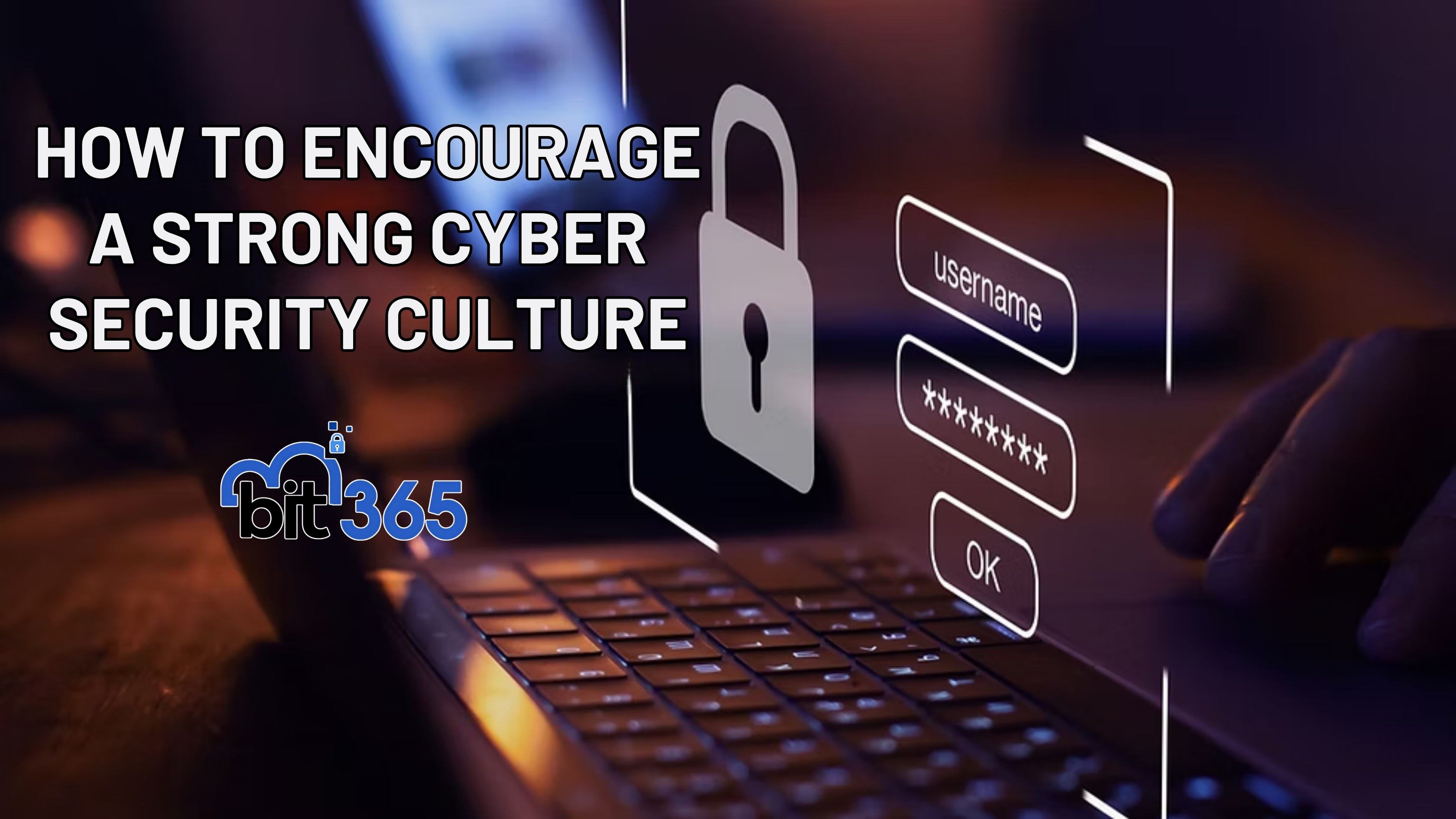
Got IT issues slowing you down? We provide both on-site and remote support across Australia, so help is never far away.
In recent years, electronic mail (email for short) has become an essential part of our daily lives. Many people use it for various purposes, including business transactions. With the increasing dependence on digital technology, cybercrime has grown. A significant cyber threat facing businesses today is Business Email Compromise (BEC).
Why is it important to pay particular attention to BEC attacks? Because they’ve been on the rise. BEC attacks jumped 81% in 2022, and as many as 98% of employees fail to report the threat.
Business Email Compromise (BEC) is a type of scam in which criminals use email fraud to target victims. These victims include both businesses and individuals. They especially target those who perform wire transfer payments.
The scammer pretends to be a high-level executive or business partner. Scammers send emails to employees, customers, or vendors. These emails request them to make payments or transfer funds in some form.
According to the FBI, BEC scams cost businesses around $1.8 billion in 2020. That figure increased to $2.4 billion in 2021. These scams can cause severe financial damage to businesses and individuals. They can also harm their reputations.
BEC attacks are usually well-crafted and sophisticated, making it difficult to identify them. The attacker first researches the target organisation and its employees. They gain knowledge about the company’s operations, suppliers, customers, and business partners.
Much of this information is freely available online. Scammers can find it on sites like LinkedIn, Facebook, and organisations’ websites. Once the attacker has enough information, they can craft a convincing email. It's designed to appear to come from a high-level executive or a business partner.
The email will request the recipient to make a payment or transfer funds. It usually emphasises the request being for an urgent and confidential matter. For example, a new business opportunity, a vendor payment, or a foreign tax payment.
The email will often contain a sense of urgency, compelling the recipient to act quickly. The attacker may also use social engineering tactics. Such as posing as a trusted contact or creating a fake website that mimics the company's site. These tactics make the email seem more legitimate.
If the recipient falls for the scam and makes the payment, the attacker will make off with the funds. In their wake, they leave the victim with financial losses.
BEC scams can be challenging to prevent. But there are measures businesses and individuals can take to cut the risk of falling victim to them.
Organisations should educate their employees about the risks of BEC. This includes providing training on how to identify and avoid these scams. Employees should be aware of the tactics used by scammers. For example, urgent requests, social engineering, and fake websites.
Training should also include email account security, including:
Organisations should implement email authentication protocols.
This includes:
These protocols help verify the authenticity of the sender's email address. They also reduce the risk of email spoofing. Another benefit is to keep your emails from ending up in junk mail folders.
Organisations should deploy payment verification processes, such as two-factor authentication. Another protocol is confirmation from multiple parties. This ensures that all wire transfer requests are legitimate. It’s always better to have more than one person verify a financial payment request.
Organisations should deploy payment verification processes, such as two-factor authentication. Another protocol is confirmation from multiple parties. This ensures that all wire transfer requests are legitimate. It’s always better to have more than one person verify a financial payment request.
Organisations should establish a response plan for BEC incidents. This includes procedures for reporting the incident. As well as freezing the transfer and notifying law enforcement.
Businesses and individuals can use anti-phishing software to detect and block fraudulent emails. As AI and machine learning gain widespread use, these tools become more effective.
The use of AI in phishing technology continues to increase. Businesses must be vigilant and take steps to protect themselves.
It only takes a moment for money to leave your account and be unrecoverable. Don’t leave your business emails unprotected. Give us a call today on 1800 BIT 365 to discuss our email security solutions.
Article used with permission from The Technology Press.

Got IT issues slowing you down? We provide both on-site and remote support across Australia, so help is never far away.
BIT365 offers a full range of managed IT services, including cybersecurity, cloud solutions, Microsoft 365 support, data backup, and on-site or remote tech support for businesses across Australia.
No. While we have a strong presence in Western Sydney, BIT365 supports businesses nationwide — delivering reliable IT solutions both remotely and on-site.
We pride ourselves on fast response times. With remote access tools and on-site technicians, BIT365 can often resolve issues the same day, keeping your business running smoothly.
BIT365 combines local expertise with enterprise-grade solutions. We’re proactive, not just reactive — preventing issues before they impact your business. Plus, our friendly team explains IT in plain English, so you always know what’s happening.
